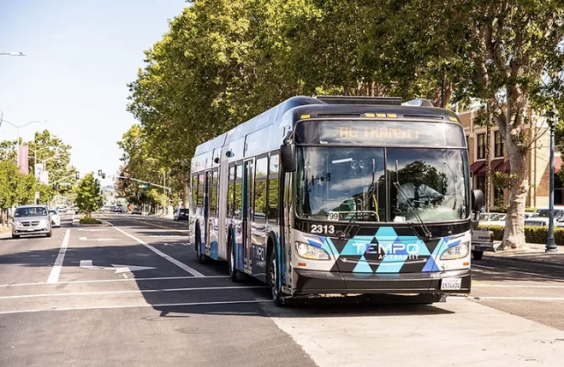Surface parking lots -- they're the scourge of downtowns nearly everywhere across the United States. They're ugly, they make cities unwalkable, and once they're in place, they can be terribly hard to get rid of.
But cities can do something to solve this problem. In fact, changing the way local governments tax downtown properties could encourage land owners to opt for development over asphalt. Chris Keimig at Network blog Streets.mn explains that if cities want to end the blight of surface parking, they should be taxing land at a higher rate relative to buildings. He explains:
The conventional property tax, which taxes land and buildings at the same rate, is essentially backwards when it comes to the behaviors it incentivizes. It penalizes property owners for building or making improvements to their structures, while rewarding speculators and absentee landlords who would rather allow their properties to decay than make expensive (and annually taxable) improvements. Taxing land and buildings at the same rate means that as long as you don’t put any buildings on your land, your tax bill is going to remain relatively cheap. If you’re a speculator, this means that you only need a modest amount of revenue (say, a few bucks a day from people driving into the city for work or to go shopping) in order to sit on that land indefinitely, or until someone comes along offering your “pie-in-the-sky” price (to quote one downtown city planner I spoke to)—effectively keeping the land out of the hands of those with genuine interest in putting it to productive use.
By taxing land at or near its development potential, however, owners of land being used at less than maximum productivity would be paying a disproportionate amount in taxes in order to keep it that way.
If the city is trying to encourage development—and to attract the 70,000 more downtown residents it seeks by 2025—it hardly makes sense to place a tax on that behavior. Similarly, if the city wants potential developers to treat land as the scarce resource that it is—encouraging them to build up rather than out in order to maximize economic output and reduce sprawl—it makes sense to tax land at a higher rate than buildings.
Keimig crunched the numbers to demonstrate just how perverse current incentives are. It turns out owners of the Minneapolis Grain Exchange building (above) pay 42 times as much in property taxes per square foot of land as the adjacent parking lot owner.
Elsewhere on the Network today: City Block calculates how much parking inflates housing costs in Portland. Systemic Failure reports that flawed World Bank cost-effectiveness measures helped produce the world's most dangerous highway. And Transit Miami says small urban interventions, rather than silver-bullet-style megaprojects, are what make cities livable.





